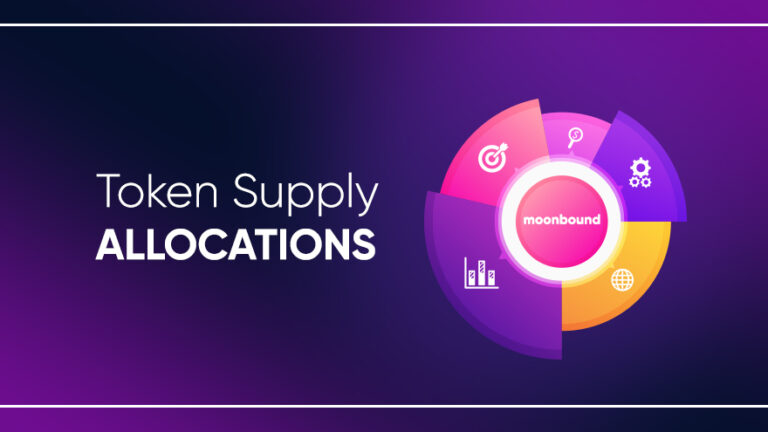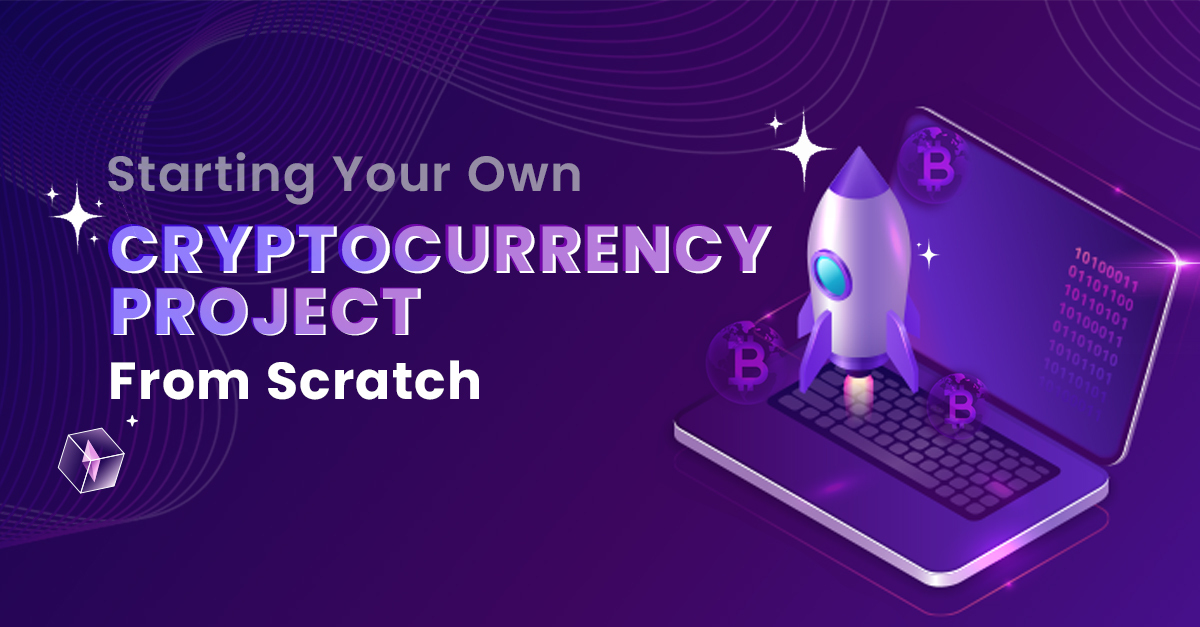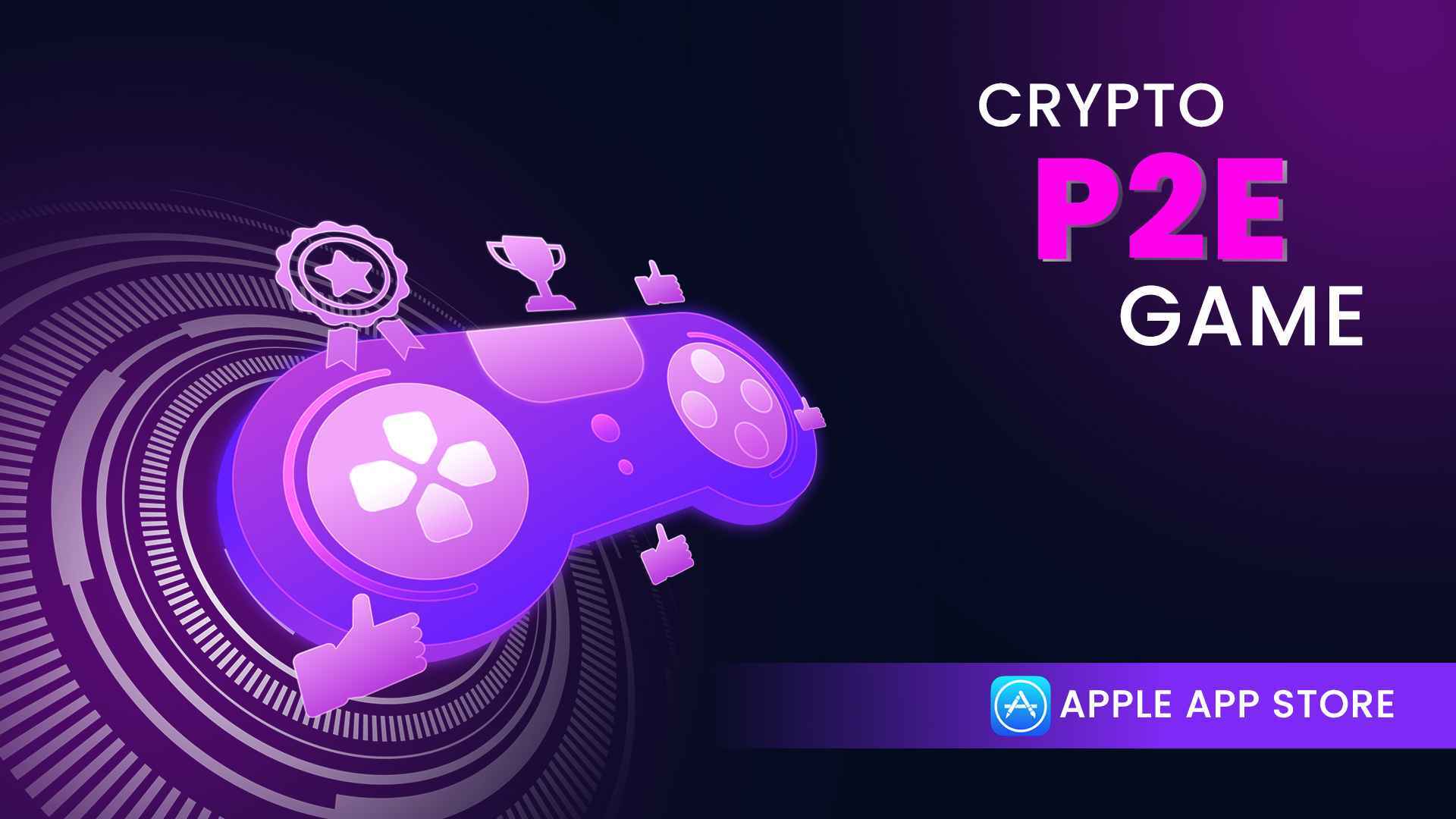Tokenomics are one of the most critical elements to your project’s design. Tokenomics, or Token Economics, is the relationship between your project and the token economy that powers it. For example, poorly designed tokenomics (as seen with many in P2E gaming) can lead to a ton of selling pressure at scale.
When building their tokenomics models, many web3 startup founders get this step wrong or rely on their developer to handle this portion. In this article we’re going to review the top three things you should be paying attention to when managing your tokenomics design.
- Tokenomics design
- Token supply allocations
- Scalability
Tokenomics Design
In tokenomics design, we’re looking to maximize buying pressure while minimizing selling pressure to ensure our token has a “store of value” and a reasonable level of sustainability. As an example, let’s say we have an endless runner game where users who collect a token are given it as a reward. Simply giving those tokens to users dramatically increases the “potential” that there will be selling pressure moving forward. With this frame of mind, what could be done instead?
Instead of giving out tokens to each user who picks up a coin in our game, what if we made users spend tokens to enter the game in the first place? Players spend tokens to play and only the top 100 scores on the leaderboard each week receive a reward. Rewards are determined based on player and token volume, meaning that the more players the higher the reward for each of the top 100.
In addition, we take 20% of all tokens spent by players and burn them, leaving the remaining 80% for the weekly top 100 prize pool.
Although the above scenario is simplified for the sake of this article, you can see how it’s far more sustainable than simply giving out a ton of tokens as rewards. We have both a utility for the game, competition for our users that increases retention, and we’ve lowered the quantity of total people earning a reward (less quantity and frequency of selling on the chart).
One last point is around NFT tokenomics, meaning that not all tokens must contain a liquidity pair. For example, you can easily have an NFT P2E game where users earn an ERC-1155 token they can trade for something of value, only limited by your creativity.
Token Supply Allocations

How you allocate the supply of your tokens will greatly determine your future selling pressure and impact, positively or negatively, many aspects of your project. For example, what do you personally think when you see a big private raise with unvested tokens for a large portion of the supply? Is this a token you’re likely to invest in or largely ignore?
When I’m doing token allocations, I specifically look for opportunities to ensure several specific outcomes. First, I understand how much money should be raised to support the project and ensure a buffer from a budget standpoint. Second, I look at what the amount of capital the project should raise from public investors. Both first and second points include looking at the market cap during the private and public rounds, ensuring we get it as low as possible. Third, I’ll look at the rest of the utilities in the ecosystem, carefully ensuring we have enough tokens to support them alongside the future roadmap initiatives.
For example, if a project has CEX listings in their roadmap, having no tokens to give to the exchange would make listings far more challenging.
Scalability
Another critical component is scalability, or how your economy transitions as your base of users goes up or down. An ecosystem may be pretty sustainable at just 1,000 active users, but what if that were to change to 100,000 users? What happens to the costs of your utilities as the price of the token also scales either up or down?
As an example, let’s say we have 1,000 users and there’s a little bit of selling pressure due to some bad choices in tokenomics. When that’s scaled by a factor of 100 to 100,000 users, that selling pressure becomes further amplified and extremely painful. So, thinking about your utilities at different scales is critical for this very reason.
Let’s walk through another example: You are selling an item for 100 tokens, which costs the user $10 total. Each token is essentially worth $0.10, right? Well, what happens if the price of your token were to 20X? That same item would have to also get 20 times more valuable or else it wouldn’t be worth it to users, would it? That same $10 item now costs $200. In this case, it’d be difficult to convince users to leverage your project’s utilities, leading to a decline in buying pressure and an increase in selling pressure due to the demand falloff.
Closing Thoughts
As you can see, tokenomics design and thinking deeply while building your tokenomics model is a critical step to helping ensure project success. Should you require expert guidance in building your tokenomics, which is strongly recommended, please contact Moonbound to get started today!



